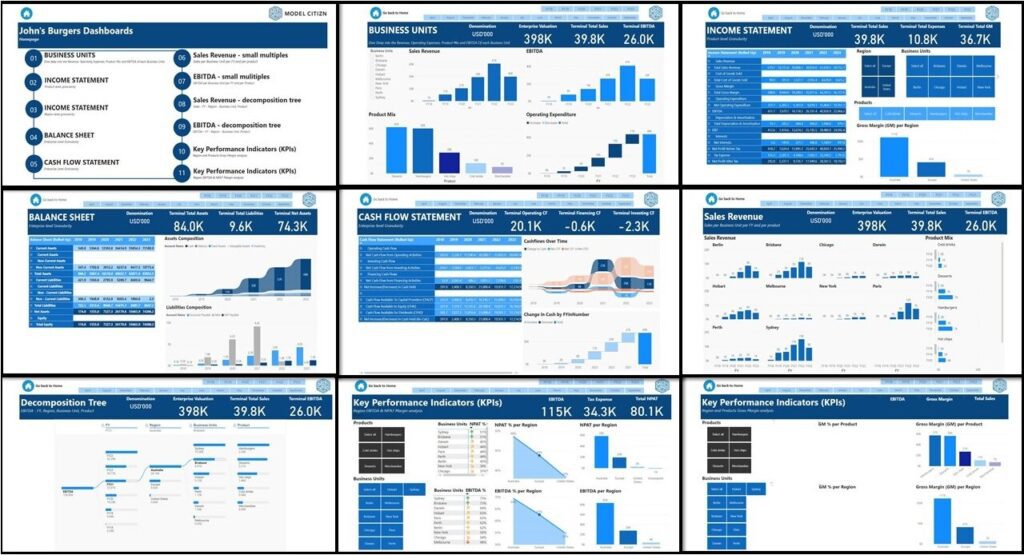Introduction
The growth of technology within our finance teams has gone exponential.
Stay tuned for this short two-part series on the finance tech stack.
The pandemic has forced our teams into the digital world in 1 big swoop.
But whilst this has moved us forward it has also caused a lot of confusion and misunderstanding on how we embrace this in a measured way.
Most tech teams don’t have a roadmap with a specific focus on the finance and accounting function based on our experience.
We are often the poor support centre left out as we are not “revenue-generating”.
But maybe it’s time to consider us as value-generating through insights and foresight that could perhaps change the investment spend allocation.
Until we demonstrate this value it will be difficult to get the support we need for change.
Let’s assume for the moment we get that support, where do we start?
There is so much to fix!
How do we break it down clearly?
This article will hopefully help you do just that.
The Finance 3-stack tech stack

Having recently developed and used this concept when helping clients we now share it publicly to help many others understand this often complex environment of technology for the team.
First, let’s define each and provide tangible examples (our favourites ones) in each.
Automation
This is actually not a new concept, but the technology has evolved so much many feel it is something new.
What were simple VBA macros or Access Databases coding manual copy and pasting processes has now gone way beyond this.
Robotic process automation (RPA) and low / no-code business automation applications (workflow, OCR etc) there is so much to select there.
It’s about enabling the computer to do the task of a human, even down to the opening and reading of emails.
No longer will you need to hire expert coders to do any form of automation as this is a lot easier than writing Visual Basic script.
You might need the coders for only really complex tasks but most of what our teams are doing is moving data from one spreadsheet to another manually.
PowerQuery is sitting right under our noses but many have not had the time to explore it. It’s our best example of data wrangling automation.
As the treasurer of a junior cricket club in Melbourne, I removed the use of a spreadsheet to pay coaches entirely and replaced it with a business process app called GLIDE. We have built many other knowledge apps using it and helping our clients gain knowledge about what we built for them.
Here is one of our internal hiring apps, saves bucket loads of my team’s and my time.

Analytics
Whilst Excel can still be used as an analytics tool, the need to go beyond it with larger datasets and visualize the outcomes is becoming increasingly more important.
It’s basically the ability to gain deeper insight and foresight into data in a meaningful way that is accessible without being overwhelming.
Analytics is generally pretty narrowly focused but has depth in the data. This is sometimes confused with basic variance analysis in a spreadsheet.
Analytics comes in 4 contexts and most finance professionals have no idea what those mean or how to deploy them.
This lack of knowledge is simply a result of insufficient support for them to learn these terms and experience the outputs.
Support to change processes and the ability to remove Excel reliant reporting for deeper insight.
The ability to serve insights through slicing and dicing and AI-driven functionality is available now.
By bringing multiple data sources together in a well-built data model and distributing interactive dashboards is the next level.
Embedded web pages or mobile devices are really cool and valuable decisions can be made as a result anywhere, anytime.
Drillable and easily accessible insights designed by end-users (finance teams) without IT or DBMS is game-changing.
Our favourite examples can be found below embedded into our own website if you click through.
Strategic fully integrated sales, marketing, finance performance and executive insights.

Global expansion multi-product KPI and performance insights

Financial Modelling
No this isn’t data modelling with financial data.
No this isn’t simply producing a forecast or a budget.
We are talking about the 3 S’ and 3-way modelling (also known as 3 statement modelling).
3S – A financial model that contains sensitivities, scenarios and simulations (Monte Carlo)
3-way – A driver-based income statement; balance sheet and cash flow financial model. With the balance sheet being the most important (but often left out and put in the too-hard basket).
How can you have confidence in valuation and cash flow forecasts if you don’t forecast the balance sheet?
Even a high-level strategic model in Excel with rolling actuals will be a challenge for most, but yet automation exists to build this quickly.
Financial modelling is reasonably shallow from a data perspective but very broad for impact and scope.
Financial modelling is more human-driven whilst predictive analytics is data-driven.
Both useful but different contexts.

Back on the roadmap
If your finance tech stack roadmap does not include all 3 of these technical skills/technologies (Automation, Analytics and Financial Modelling) it probably needs a closer look.
But before you get to that tech stack, what is the strategy for the business?
How aligned is the finance strategy to the business strategy?
How is the finance tech stack aligned to this finance strategy?
Understand the business needs and craft the tech around it.
Conclusion
If you want to learn more and also understand how you can upskill in Financial Modelling & Analytics (FMA) and be sure to reach out to us or stay tuned.
I encourage you to also take a peek at our past articles on financial modelling, analytics and automation which is the foundation of sound business decision making, planning and forecasting.
